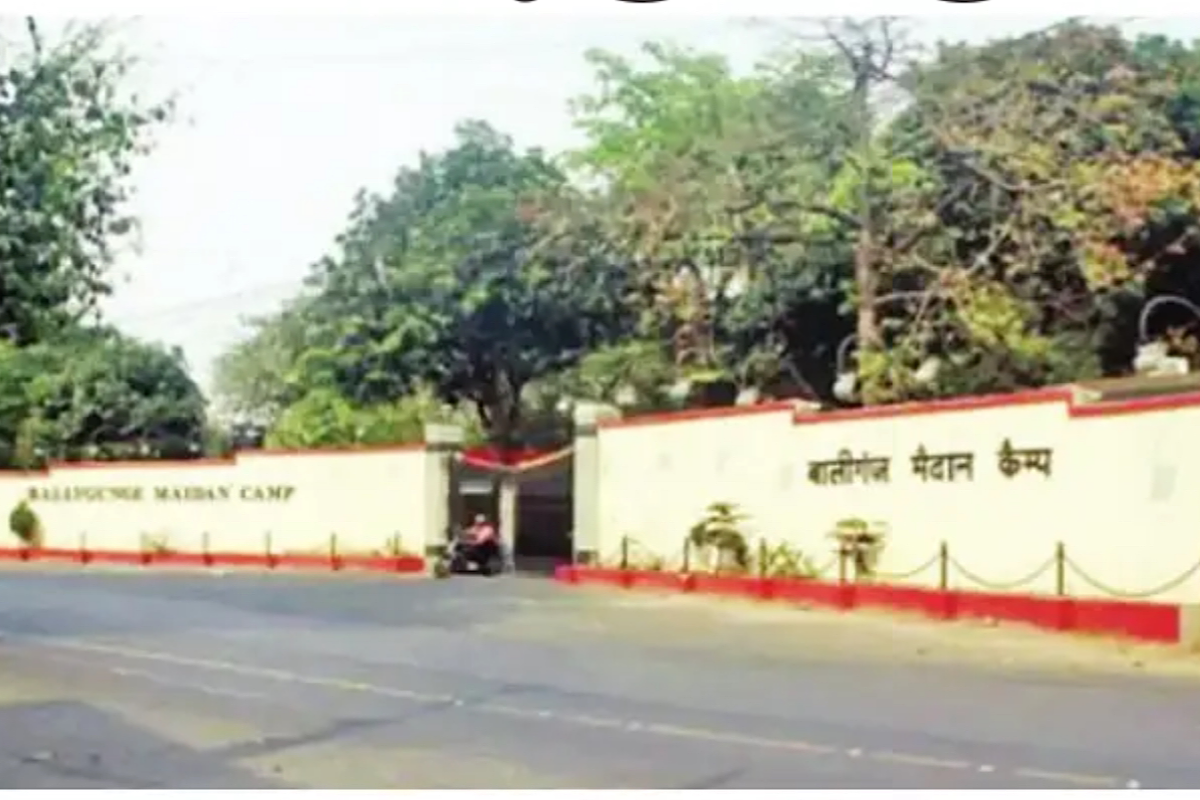Prez Murmu to lead nation in R-Day celebrations
French President Emmanuel Macron will be the chief guest at the parade, which is set to showcase India’s rich cultural diversity, unity and progress
On 26 January India will celebrate its 75th Republic Day. Preparations are in full swing across different states and Union Territories to mark the special day.

(Photo:SNS)
On 26 January India will celebrate its 75th Republic Day. Preparations are in full swing across different states and Union Territories to mark the special day. And, like all previous Republic Days, on New Delhi’s Kartavya Path (erstwhile Rajpath), this year too, a group of the finest horsemen attired in exquisite red coats, elegant golden sashes, and magnificent turbans will accompany the President of India to the stage and give the order for the national anthem to begin for commencing the celebrations.
These horsemen are called the President’s Bodyguard (PBG) – the elite and senior-most household cavalry regiment of the Indian Army. Most people don’t know that this regiment officially and proudly traces its roots and history to the GovernorGeneral’s Bodyguard (GGBG) raised by the Governor-General of Fort William (alternatively called Governor-General of the Bengal Presidency) Warren Hastings of the British East India company (EIC) in Kolkata in 1773.
While forming the GGBG in September 1773, Hastings had handpicked 50 troopers from the erstwhile Mughal Horse, a unit which was raised in 1760 by the local sardars of then Bengal Presidency loyal to the EIC after the victory of the English in the Battle of Plassey over Nawab of Bengal Siraj-ud -Daulah and his French allies on 23 June 1757. Later, Raja Cheyt Singh of Varanasi provided another 50 horsemen for the regiment that took the strength of this unit to 100.
Advertisement
The cavalry saw immediate action after its formation when it was deployed against the Sanyasis (the Monks) when they started a rebellion in Bengal in 1773. A reminder of this rebellion is in the novel Anandamath, written by India’s first modern novelist Bankim Chandra Chattopadhyay at a later date. Our National Song – Bande Mataram – is a part of this book. The next campaign of the GGBG was against the Rohillas in April 1774.
The GGBG was also present during the war against Tipu Sultan in Mysuru between 1790 and 1792. In 1843, during the battle for the succession that erupted in Gwalior after the death of Maharaja Jankojirao Scindia (ancestor of current central aviation minister of India – Jyotiraditya Scindia), GGBG took an active part to provide settlement. Internationally too, the unit had taken part in various military campaigns including those of World War I and II.
South Kolkata’s Ballygunge Maidan (Military) Camp, which still exists, opposite the St. Lawrence High School on Ballygunge Circular Road was mainly created in the early 19th century as the permanent home for the GGBG servicemen and their horses. When the capital of colonial India was shifted to New Delhi in 1911, the GGBG shifted its base out of the Ballygunge Maidan Camp too. With our independence came the partition of the nation. It also divided the armed forces in a 2:1 ratio between India and Pakistan. GGBG was no exception. The Muslim members of the unit went to Pakistan; and Sikhs, Jats, and Rajputs stayed with the Indian Army.
The title of the regiment remained GGBG till 26 January 1950, when India became a republic. Thereafter, GGBG became the President’s Bodyguard – in short – PBG. After the division of other assets of the regiment, when it came to the gold-plated buggy of the British Viceroy, which too was a part of this unit’s assets, both India and Pakistan claimed it. To decide the fate of the buggy, both sides tossed a coin and India got the buggy. The President of India uses the buggy during ceremonial occasions even now.
The erstwhile Indian President Ram Nath Kovind took the historic buggy ride from the Rashtrapati Bhavan to the Parliament House for his oath-taking ceremony, as did his predecessor Pranab Mukherjee during his oathtaking ceremony. Both past Presidents used this buggy to attend the Republic Day parades as well. After a permanent cantonment was made in Ballygunge for this elite army unit, The Calcutta Gazette (1784–1818), one of the first newspapers in India published from Kolkata founded by Francis Gladwin, and later controlled by Arthur Muir, Herbert H. Harrington, and Edmond Morris, reported in 1802, that various veterinary surgeons, specialised horse minders and grooms were appointed to strengthen the cavalry for the first time.
Detailed pedigree registry of the horses were started to be maintained for the unit too. In his book Historical Records of the Governor-General’s Body Guard Lt. V.C.P. Hodson had provided a partial unofficial regimental history of the gorgeously attired bodyguards from 1773 to 1908. The rest of the history is available in various official records of the Indian government. The PBG completed its 250th anniversary last year, and in its truest military tradition, teaches us the importance of embracing India’s plurality while celebrating India’s 75th Republic Day this year.
(The writer is an author, a Reputation Strategist, a Columnist, and a Kolkata history buff.)
Advertisement